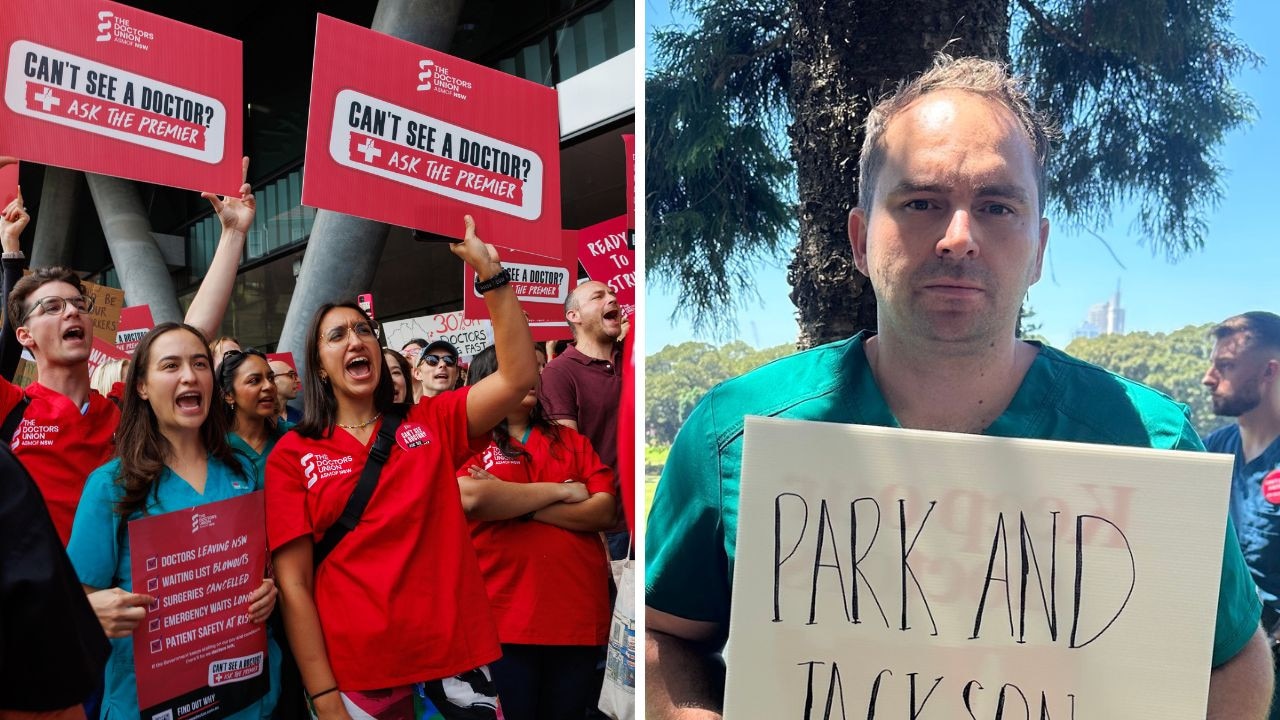Inflation is a significant issue, and Australians are expressing their anger. The leader of the federal Liberal Party has made notable announcements, including plans to sack thousands of federal public servants, slash immigration, and review public works spending. He describes inflation as a scourge that requires immediate action.
Liberal Prime Minister Robert Menzies stated in 1951, "We can't go on like this," emphasizing the need for a balanced economy. Fast forward to the present, and similar criticisms of the size of Australia's public service are resurfacing.
Opposition Leader Peter Dutton has criticized the Albanese government for increasing the number of federal employees by 36,000 since the 2022 federal election. While he has not specified how many jobs he would cut, he has suggested that he wouldn't want the public service to exceed 200,000 employees, given the current estimate of 209,150 federal workers.
Do we need to cut thousands of public service jobs?
The 36,000 figure cited by Mr. Dutton comes from the 2024-25 budget papers. Specifically, it arises from the difference between the average staffing levels in 2021-22 and 2024-25, as outlined on page 187 of the budget.
The Albanese government argues that the increase in public servants is necessary to address the backlogs in service delivery created by the previous Coalition government's staffing caps. They claim that a shadow workforce of consultants and contractors grew to meet these needs, costing taxpayers $20.8 billion.
The public service is smaller as a share of the population than 20 years ago
The Albanese government contends that it has had to rebuild the public service after years of suppression. Their budget indicates that 8,816 roles were created to replace work done by private contractors, with significant contributions made to resolve backlogs in claims and services.
Despite the increase in staffing, the government asserts that there will still be about 17,000 fewer public servants compared to historical levels relative to the population. This suggests that, even with the increase, the public service remains smaller than it was in 2006-07.
Danielle Wood, head of the productivity commission, has cautioned that cutting the public service might not yield significant savings and could complicate economic reforms. She noted that, as a share of the population, the public service has decreased over the past two decades.




Comments
Join Our Community
Sign up to share your thoughts, engage with others, and become part of our growing community.
No comments yet
Be the first to share your thoughts and start the conversation!